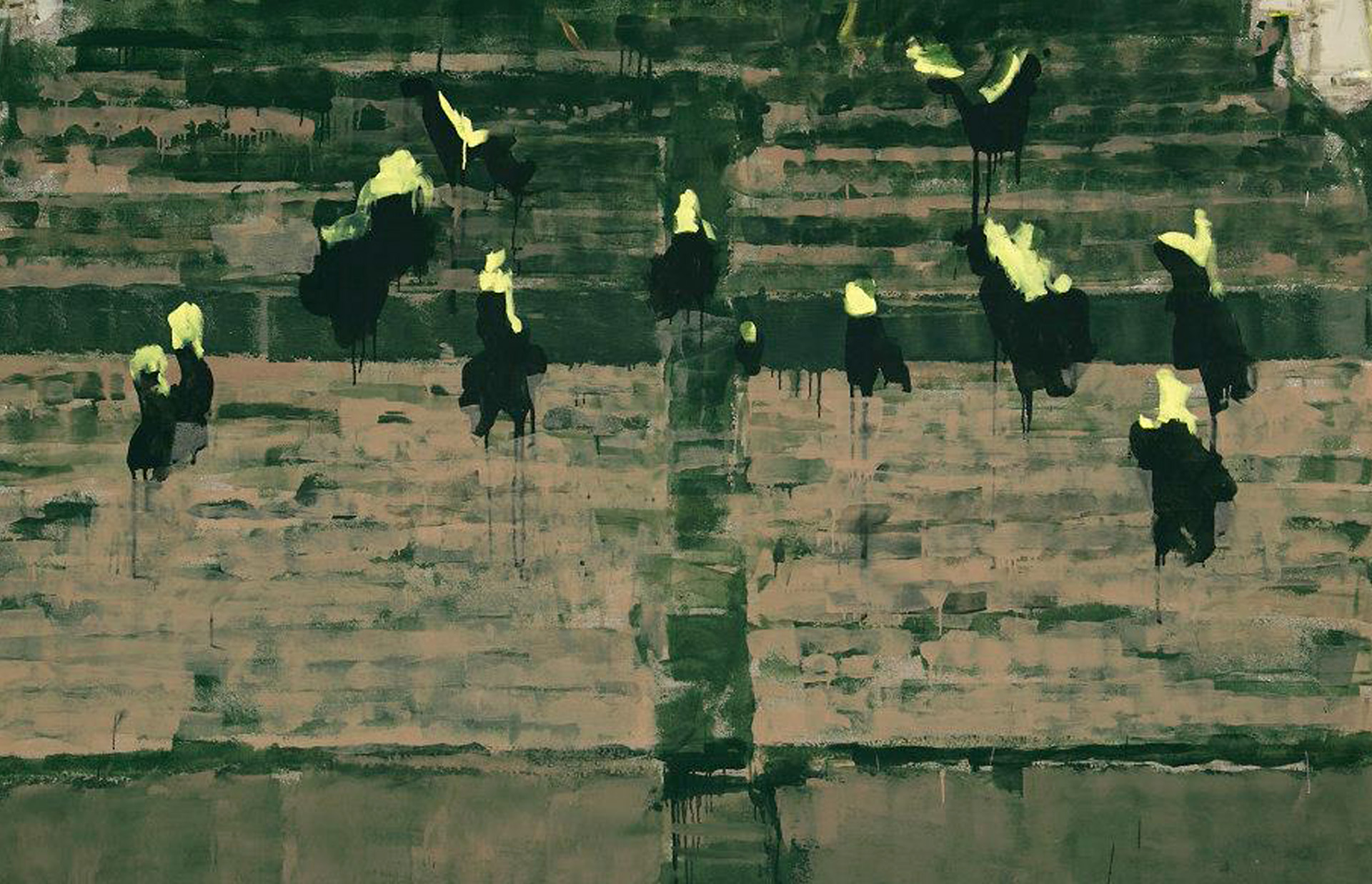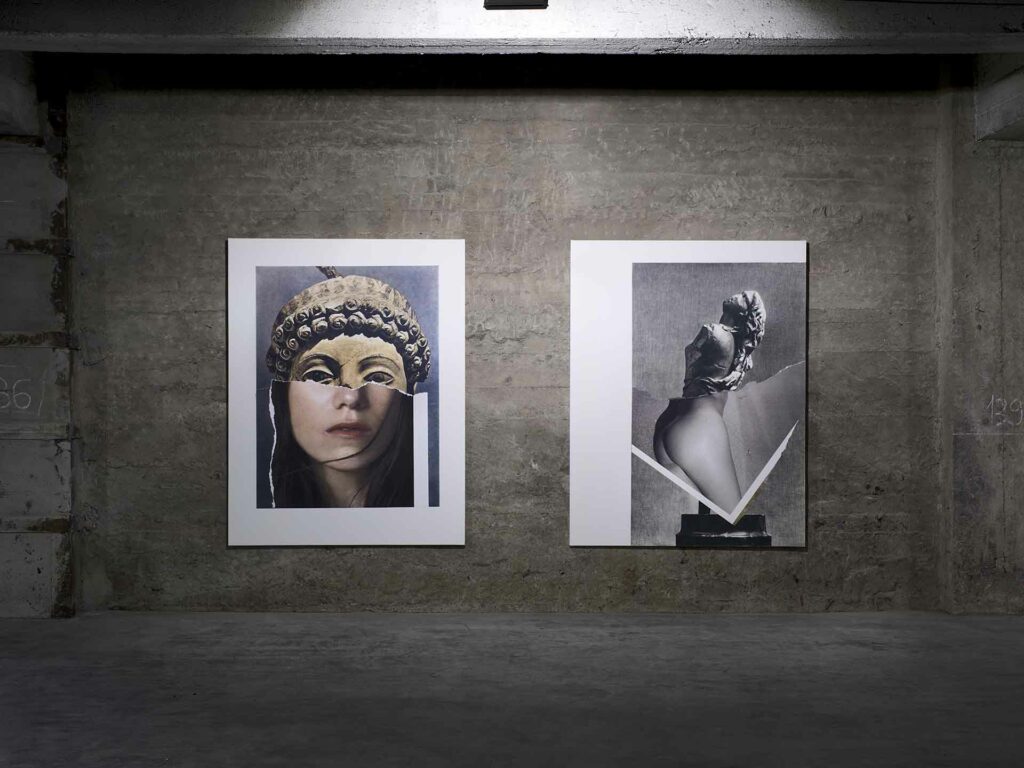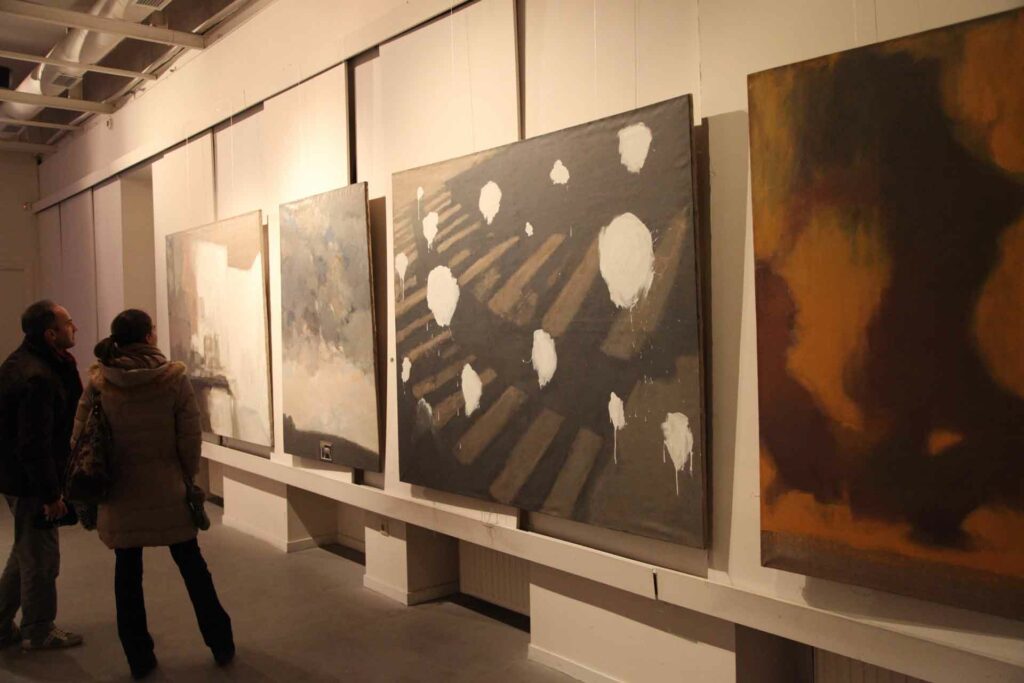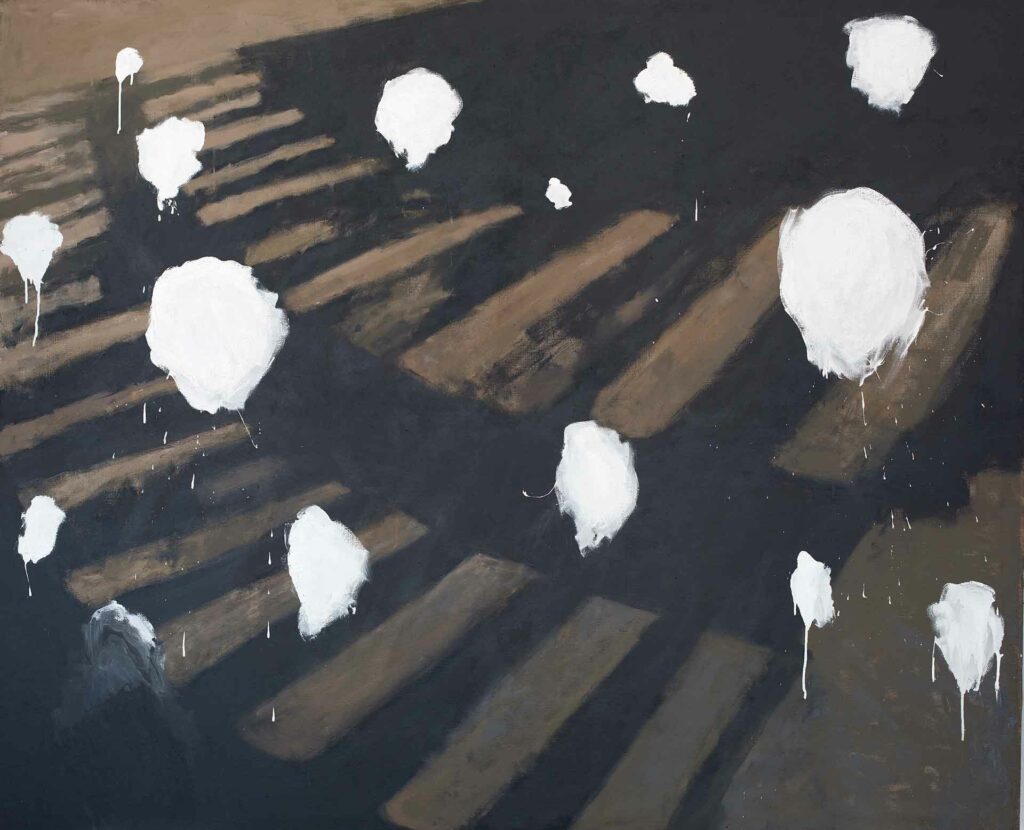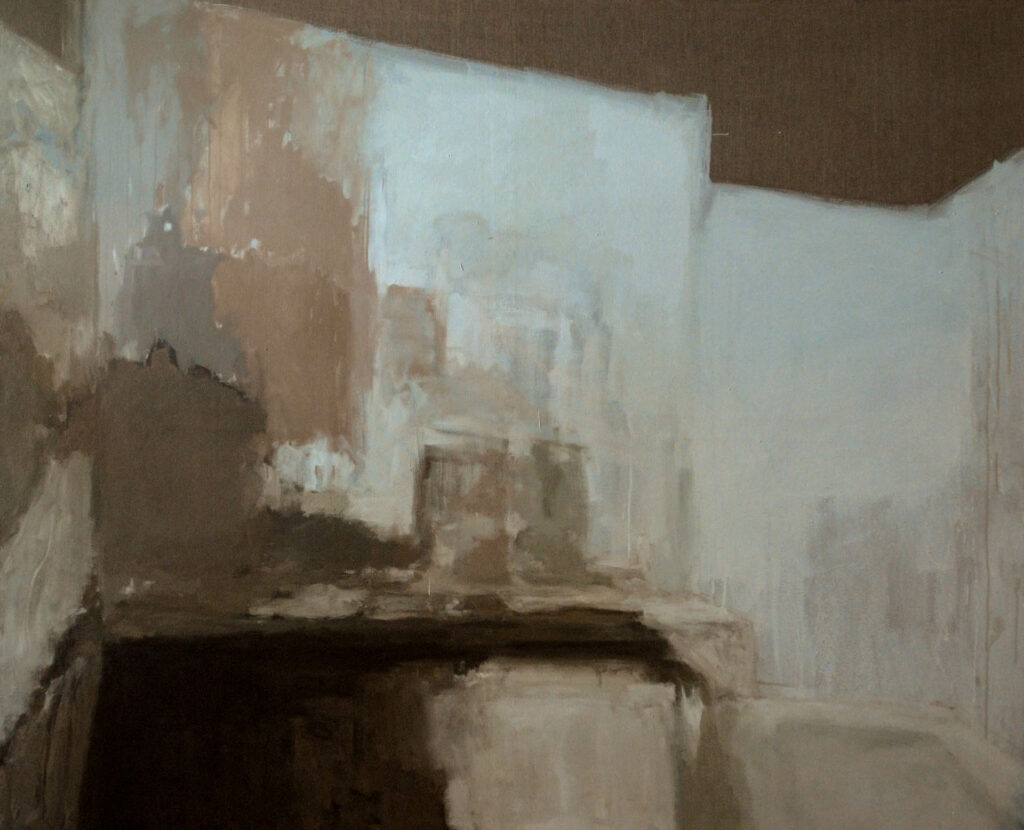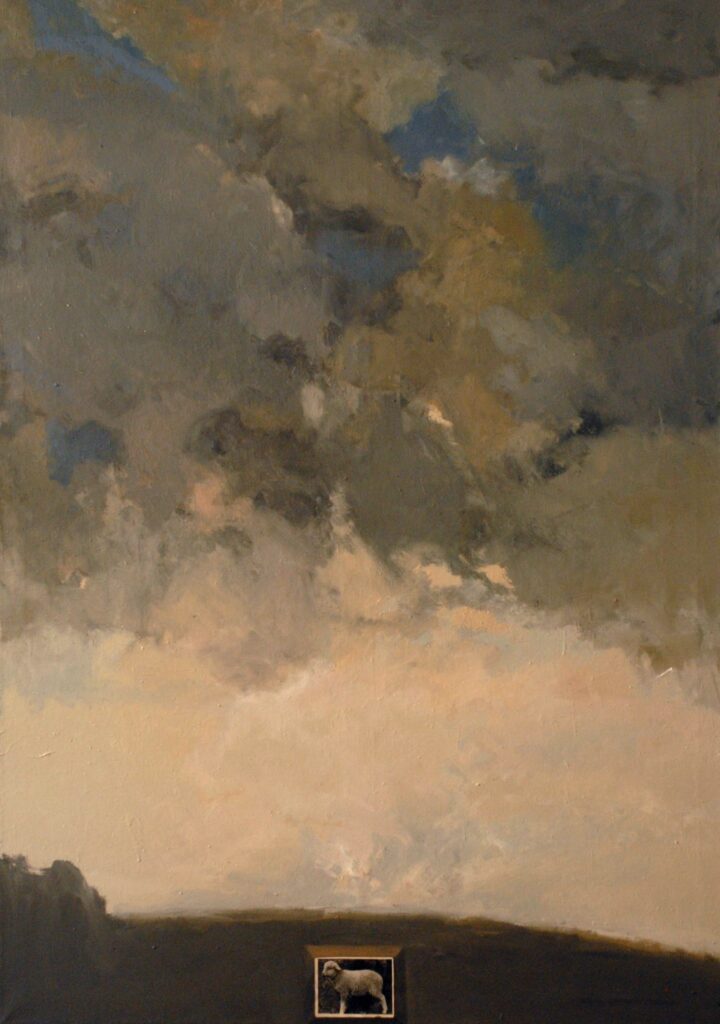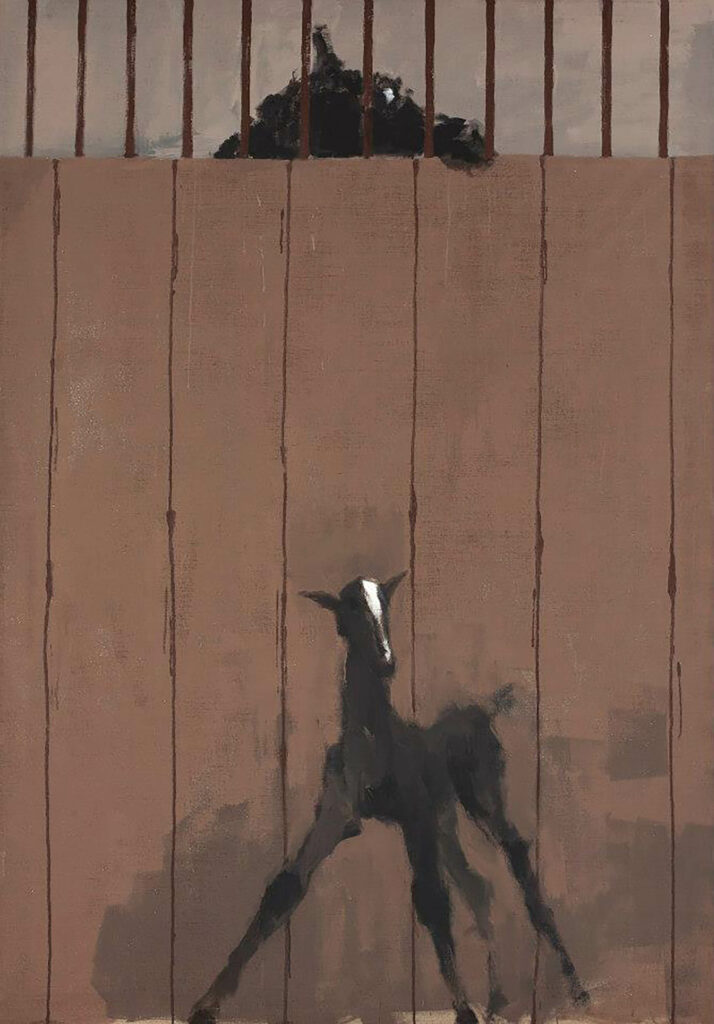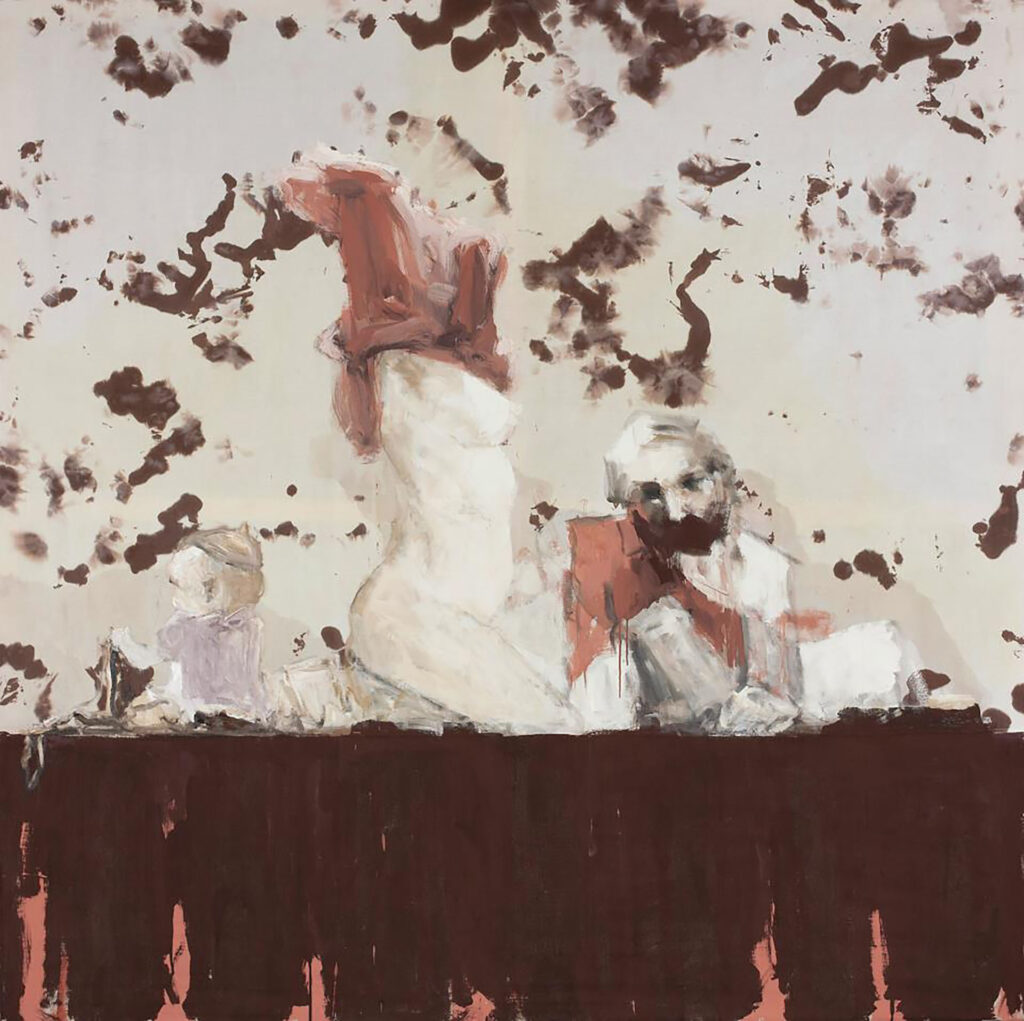Vakho Bugadze (ვახო ბუღაძე) is an artist who manages to strike a delicate balance between contrasting elements, combining brutal
energy and sophisticated sensitivity to create a world free of tension in his works. In the 1990s the sculptor decided
to choose drawing as his medium. This choice was dictated by the reality of that time, when in Georgia it was almost
impossible to produce sculpture. However, as it appears, the existing situation offered the artist a new opportunity
to clearly manifest his emotional connection with and interest in sculpting at an extravagant large-scale show, ART
EXHIBITION. The event took place in 2015, in the basement of Rooms Hotel on the site of what is now a parking lot.
Back then the space represented a sample of Brutalist architecture, upon which a series of large prints connected
with the history of sculpture created a strange fusion of fantasy. In the collages, fragments of ancient sculptures were
partly covered by shots taken from glamorous magazines and the world of commerce. According to the artist, these
references made between pop and classical art proceeded from his desire to create the illusion of a museum of
sculptures.
Vakho Bugadze. ART EXHIBITION, Rooms Hotel Tbilisi (basement). 2015
His ability to show an ephemeral state of contrasts evidently served as the reason behind Vakho Bugadze’s
participation in the exhibition “Where Europe Overlaps”. It was organized in 2013 in the Europe House at the
initiative of Guram Tsibakhashvili, its curator and also a participant. All the works presented at the show were
dedicated to the topic of borders. This was an artistic attempt to rethink and answer the banal question: “Is Georgia
in Asia or Europe?” and reflect on the symbol of a “crossroads” and its implications.
Vakho Bugadze. Exhibition, Where Europe Overlaps. 2013
Vakho Bugadze’s large-scale works were of course developed with a site-specific connection to the space, and touch
upon an issue that is difficult to describe in verbal terms: namely the focus on remote geographic locations and
distancing from mainstream processes. In the series, the silhouettes of generally shaped objects are clear, while at
the same time reveal a tendency to become vague and abstract. The composition depicting the motif of “railway
tracks and a keyboard” follows a sharp curve, and is overlapped with another “invisible” layer of white dripping
“snowballs” of different sizes. At first glance the border remains a free and dynamic space that is situated next to an
invisible, immaterial barrier. The composition demonstrates complex and loaded emotions that are experienced at
the border – a free path existing in parallel with strict regulations.
Vakho Bugadze. Exhibition, Where Europe Overlaps. 2013
The second work from the series presents a multi-perspective space that is created through a combination of
geometric shapes and light, and the fine tonal gradation effect of watercolour. It shows a nominal abstract city and
its pecular structure that is dominated by the themes of “suburbs”, remote areas and the “end of the world”.
Vakho Bugadze. Exhibition, Where Europe Overlaps. 2013
In contrast with the other compositions, the third contains a specifically inserted photographic image of a sheep. The
artist introduces the motif of local culture by placing the photo in front of a cloud-coloured infinite landscape, thus
creating a stark contrast with the background. Photographic accuracy, the exaggeration of contrasts, and the
landscape form a kind of ironic reference to trivial commentaries written or spoken on the topic of “homeland”.
Vakho Bugadze. Exhibition, Where Europe Overlaps. 2013
Among Vakho Bugadze’s series, Hippodrome and its exceptionally impressive and expressive images offers a creative
interpretation of history restoring a once-existing present. The drawings do not report on the historical facts, the
energy crisis or the conflict of that time. They develop a personal story that is related to a specific episode from the
lives of horse-loving friends. According to an apocryphal story, a group of people with common interests brought
horses from the North Caucasus to Tbilisi, and in this way took an initiative that changed the destiny of Tbilisi’s
hippodrome, and broadened the circle of equestrian lovers – almost turning it into a movement in its own right.
Many years later, the images of a stable, of newly established relationships, and the associated memories inspired
the artist to produce a series of drawings. To be more precise, he made drawings that were based on the results of
revisiting past experiences.
Vakho Bugadze. From the Hippodrome Series. 2013
Vakho Bugadze often focuses on depicting the nuances of the bodies of animals and birds, turning their natural
shapes into a constant subject of his works. In order to address the theme of riding in this series, the artist uses a
lively language of interaction between the bodies of the horses and riders. These “centaurs” occasionally repeat the
archetypes of equestrian statues, and attempt to discover links with historic memory through citation of sculptural
concepts – the symbolic and iconic allusion to a leader’s power. In other cases the bodies are shown as part of an
endless flow of mysterious facts.
Vakho Bugadze. From the Hippodrome Series. 2013
Vakho Bugadze. From the Hippodrome Series. 2013
Vakho Bugadze’s creative style, which is hard to define due to its very specific mix of abstract and figurative elements, always leaves a viewer with the feeling of being exposed to a threshold. The work is almost always marked with expressive features, which in the case of the Hippodrome Series produce a particular degree of dramatic tension.

